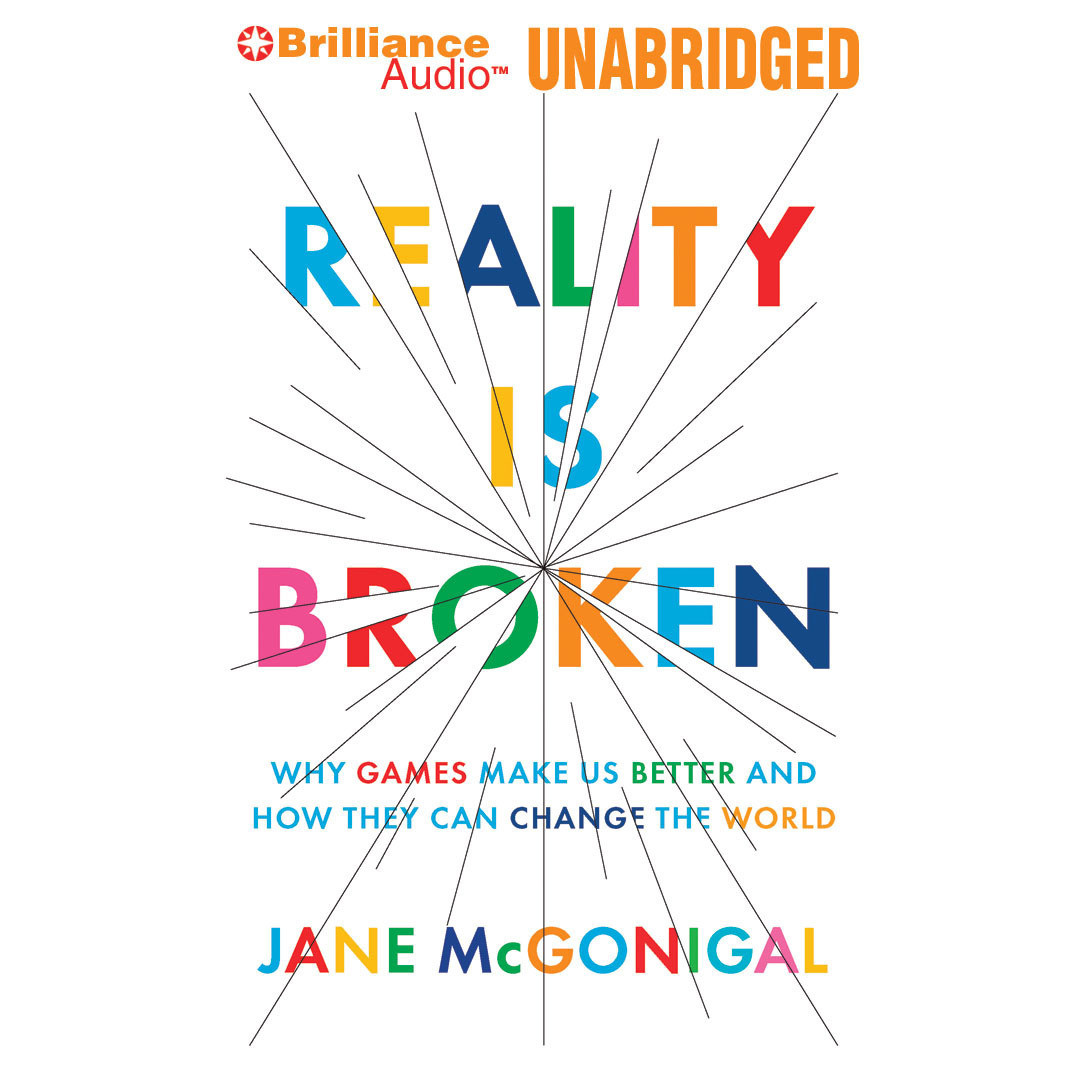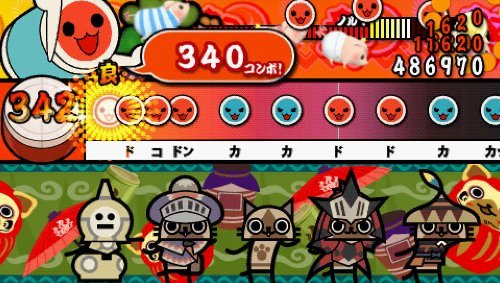In recent years, the practice of applying game-design elements in non-game contexts (Gamification) has become a heated topic. It attracts many scholars and designers because the gaming industry possesses an extremely engaged audience. While gamification benefits some products’ marketing performance, the problems of its implementation are gradually appearing.
Gamification is nothing new. The term was coined early in 2002 by Nick Pelling, a computer programmer, but did not gain its popularity until the 2010s. Its rapidly-increasing popularity and massive implementation might be relevant to the publication of ‘Reality is Broken’ in 2011. When I did research on the topic, this book was mentioned in many articles as a theoretical basis for gamification. The author, Jane McGonigal, is a game designer, advocating the use of game designs to improve real life and solve real problems. Her explanation of the efficiency of game mechanisms convinced me that game-design elements can better the practices of user experience and usability by provoking positive emotions.

Take the use of rewards as an example. This is one of the most common gamification strategies applied to engage users. This method injects enjoyment into otherwise dull, difficult tasks, and gives extrinsic motivation to encourage people to complete tasks. In fact, the action of receiving rewards creates a shot of dopamine, making people feel fulfilled and happy.

I personally enjoy StackOverflow’s badge system. It makes me feel recognized, which encourages me to ask questions and give good answers.

Besides generating feelings of enjoyment, gamification also can improve the ease of use by enhancing feedback. Without a doubt, feedback is an important element in all kinds of design. Nevertheless, not all interfaces provide adequate or satisfactory feedback. While a game design, at least a good game design, often provides constructive and helpful feedback to our actions. As a senior video game player, I always know what to do with a strong sense of control in a game due to the instant visual feedbacks. Hence it would be useful to learn how feedback was delivered in a game.

However, not all products can benefit from gamification. In a debate-style session discussing the pros and cons of gamification in 2011, panelists including game designers and developers agreed that, in some cases, the disappearance of gamification will be a good thing. Based on my personal experience, I agree that gamification is poorly implemented or overused in some cases, which negatively affects the user’s experience.
Sometimes, the game-design elements can lead to unintended behavior. The app ‘Forest’ claimed to help people stay away from their phones and stay focused on their work. The user ‘plants a tree’ in this app each time he wants to work. If he tries to use other apps and quit the ‘Forest’ app, the tree dies. But I could not focus on my work. Instead, I stared at the little virtual tree for almost the whole session because I was so distracted by it.

Worse still, gamification can even result in unethical behavior. ‘Keep’ is a popular fitness app in China. It is gamified using badges system and a leaderboard to encourage users to compete with each other. The rule is very simple: the more you train, the higher your rank is. My friend’s brother, however, does not want to spend that much effort. So he cheated by tying his phone to his dog during the running session!

It is interesting to notice that the two failure stories are about experience outside the digital interface. Maybe this type of products needs different gamification strategies, or no gamification at all. I believe that gamification as a tool should be implemented differently case by case.
In conclusion, gamification is a powerful yet not well-developed concept. It needs further exploration and improvement. Here, I sincerely invite you, dear readers, to join the discussion of gamification, to think how to better the practice, and ultimately use it in order to benefit our users.
